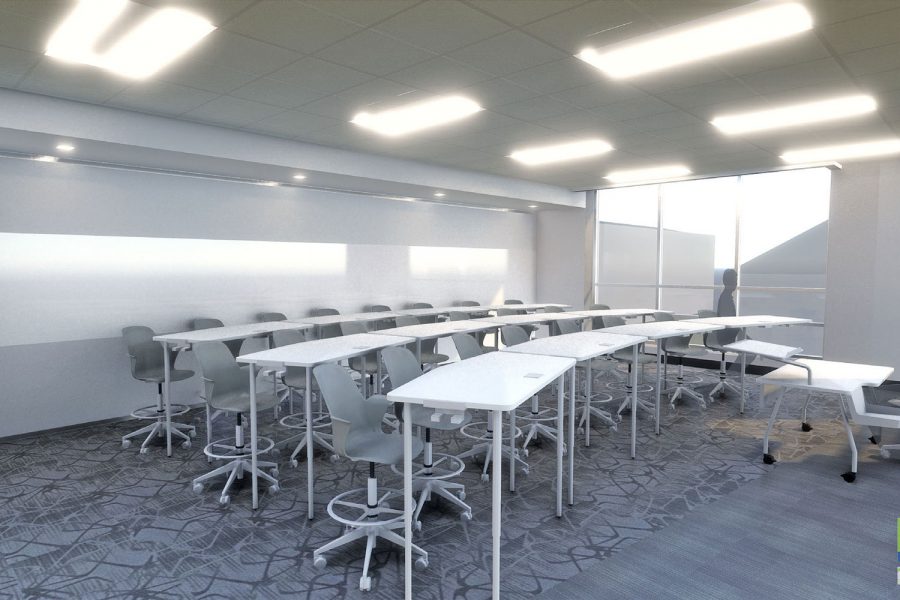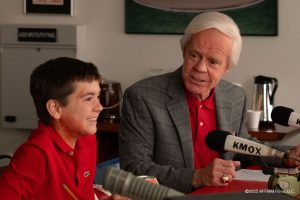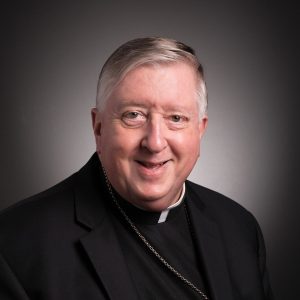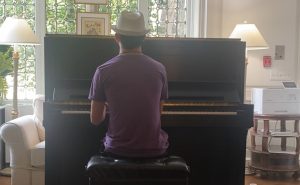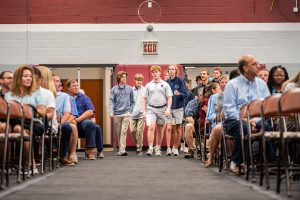Education around the world
November 27, 2017
Making a push to bring more foreign trips to the school, David Cabrera is setting up a Global Education program.
The main focus Cabrera has with the global education is empowering students and teachers to give them a better reach for opportunities, which can allow them to be a little more involved in the school and the world. These opportunities are the mission trips such as Nicaragua, the trips to Italy and Spain, and even the exchange trip to Peru.
The global education gives teachers the resources they need to implement more trips into their foreign language program to immerse their students in the culture.
“There’s a lot of potential of just students and teachers seeing more doors available for them overall,” Cabrera said. “It’s a small time that you can come into this type of program and these types of connections but in the long run they can be very beneficial.”
Part of the focus of this program is to give students more motivation to go on these trips. Clubs that have a focus on a certain culture will have more time to talk about and do things related to that culture. Cabrera, along with diversity director Catalina Martinez, try and come up with ideas to enhance the experience for new diverse students coming to the school. These ideas will also help the exchange students, that are being hosted, immerse the student in their culture.
“Part of it is becoming aware and making connections with the world around us that go beyond the classroom,” Martinez said. “This changes your view of the world and it’s a very valuable experience.”
The new Innovation Center that will be available for use in January will have its own Global Education room that will help teachers create an area for their students to come in and use technology to communicate with other Jesuit schools across different countries. The room will also be a liaison for parents to meet, a place where students can come and ask questions about the trips and classes, and anything having to do with diversity around the world.
“It’s very exciting, it just the fact that we just don’t get to do things that are related to the [school] agenda,” Cabrera said. “And we get to go beyond personal growth, a little more independence that you guys [the students] can do.”
To make mission trips and exchange programs more possible Cabrera has a two-step plan. The first step is making the ones the school has even stronger, have a little more structure and making sure the teachers have all the resources they need. The second step is communicating with other Jesuit schools across the world, but mainly in Central and South America and collaborate with them. For example, the Jesuit Belize students want to do a robotics project with the school and cross cultures. Cabrera has already started this process of implementing more trips for the purpose of global education. Cabrera just wants people to know what global education is and what people can do to help to strengthen global education.
“I’ve learned with working with families that this is something that excites everybody,” Cabrera said. “You know going on a trip, or being on the Spanish club helps, so having more people talk about it will be very helpful.”

